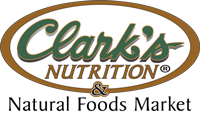Gluten Free
What does following a gluten-free diet mean? That you're embarking on an easy diet with a wide range of health-promoting effects. Instead of dwelling on what you’re giving up, consider that you’re going to enjoy a whole new world of delicious food options to meet your special dietary needs. You’ll be eating seasonally, choosing more fresh fruits and vegetables, focusing on meats, seafood, poultry, legumes, lentils, corn, and rice, and discovering fascinating ancient grains such as quinoa, amaranth, and millet. You’ll be able to eat potatoes, eggs, most cheeses, even chocolate (!)—and enjoy them without guilt because you’ll be taking good care of your body. In fact, you’ll probably end up eating—and feeling—better than ever!
Visit this page for more information about living Gluten Free
---
We carry a large variety of gluten free items, the brands listed below represent just some of the offerings we carry


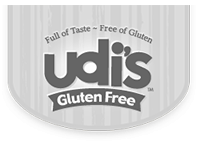



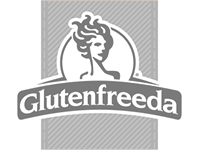

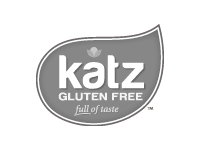




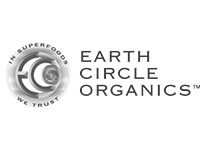

More Diets
Red Yeast Rice
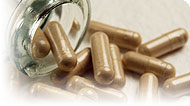
How It Works
In addition to rice starch, protein, fiber, sterols, and fatty acids, red yeast rice contains numerous active constituents, including monacolin K, dihydromonacolin, and monacolin I to VI.
Researchers have determined that one of the ingredients in red yeast rice, called monacolin K, inhibits the production of cholesterol by stopping the action of a key enzyme in the liver (e.g., HMG-CoA reductase) that is responsible for manufacturing cholesterol.6 The drug lovastatin (Mevacor®) acts in a similar fashion to this red yeast rice ingredient. However, the amount per volume of monacolin K in red yeast rice is small (0.2% per 5 mg) when compared to the 20–40 mg of lovastatin available as a prescription drug.7 This has prompted researchers to suggest that red yeast rice may have other ingredients, such as sterols, that might also contribute to lowering cholesterol.
Along with its evaluation in animal trials,8 red yeast rice has been clinically investigated as a therapy for reducing cholesterol in two human trials. In one trial, both men and women taking 1.2 grams (approximately 13.5 mg total monacolins) of a concentrated red yeast rice extract per day for two months had significant decreases in serum cholesterol levels.9 In addition, people taking red yeast rice had a significant increase in HDL (“good”) cholesterol and a decrease in LDL (“bad”) cholesterol. Elevated triglycerides were also found to be lowered.
A double-blind trial at the UCLA School of Medicine determined that red yeast rice in the amount of 2.4 grams per day (approximately 10 mg total monacolins) in capsules significantly decreased total- and LDL-cholesterol levels in a sample of people with elevated cholesterol after 12 weeks of therapy. Triglycerides were also reduced in those taking red yeast rice. However, unlike the original study, HDL values did not increase substantially.10
How to Use It
The red yeast rice used in various studies was a proprietary product called Cholestin®, which contains ten different monacolins. The amount of Cholestin used in these studies was 1.2–2.4 grams (5–10 mg of monacolins) per day in divided amounts for 8-12 weeks.11, 12
Note: Cholestin has been banned in the United States, as a result of a lawsuit alleging patent infringement.
Other red yeast rice products currently on the market differ from Cholestin in their chemical makeup. None contain the full complement of ten monacolin compounds that are present in Cholestin, and some contain a potentially toxic fermentation product called citrinin.13 Despite these concerns, other red yeast rice products are being widely used and anecdotal reports suggest that they have a similar safety and efficacy profile as that of Cholestin.
Copyright © 2025 TraceGains, Inc. All rights reserved.
Learn more about TraceGains, the company.
The information presented by TraceGains is for informational purposes only. It is based on scientific studies (human, animal, or in vitro), clinical experience, or traditional usage as cited in each article. The results reported may not necessarily occur in all individuals. Self-treatment is not recommended for life-threatening conditions that require medical treatment under a doctor's care. For many of the conditions discussed, treatment with prescription or over the counter medication is also available. Consult your doctor, practitioner, and/or pharmacist for any health problem and before using any supplements or before making any changes in prescribed medications. Information expires December 2025.

